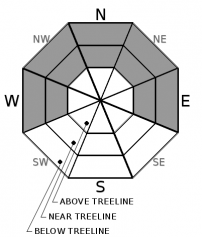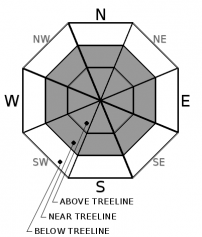| Thursday | Thursday Night | Friday | |
|---|---|---|---|
| Weather: | Mostly cloudy. Snow levels below 7000 ft. Chance of precipitation is 0%. | Mostly cloudy becoming partly cloudy. Snow levels below 7000 ft. Chance of precipitation is 0%. | Mostly cloudy. Slight chance of snow in the afternoon. Snow levels below 7000 ft. Chance of precipitation is 20%. |
| Temperatures: | 36 to 41 deg. F. | 19 to 25 deg. F. | 35 to 40 deg. F. |
| Mid Slope Winds: | Light winds | Light winds | Light winds becoming southwest around 15 mph with gusts to 40 mph in the afternoon. |
| Expected snowfall: | No accumulation. | SWE = None. | No accumulation. | SWE = None. | No accumulation. | SWE = Trace amounts. |
| Thursday | Thursday Night | Friday | |
|---|---|---|---|
| Weather: | Mostly cloudy. Snow levels below 7000 ft. Chance of precipitation is 0%. | Mostly cloudy becoming partly cloudy. Snow levels below 7000 ft. Chance of precipitation is 0%. | Mostly cloudy. Slight chance of snow in the afternoon. Snow levels below 7000 ft. Chance of precipitation is 20%. |
| Temperatures: | 33 to 38 deg. F. | 18 to 24 deg. F. | 31 to 36 deg. F. |
| Ridge Top Winds: | East winds 15-25 mph becoming southwest around 15 mph. | Light winds becoming southwest around 15 mph with gusts to 25 mph after midnight. | Southwest around 15 mph with gusts to 30 mph increasing to 20 to 30 mph with gusts to 80 mph in the afternoon. |
| Expected snowfall: | No accumulation. | SWE = None. | No accumulation. | SWE = None. | No accumulation. | SWE = Trace amounts. |




















